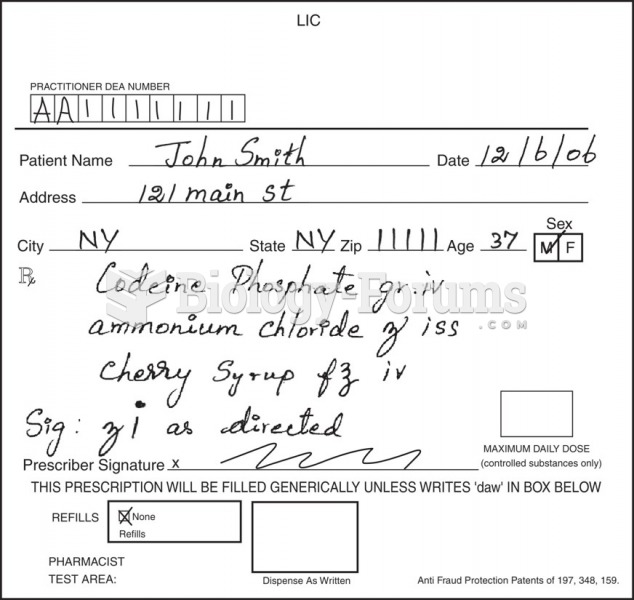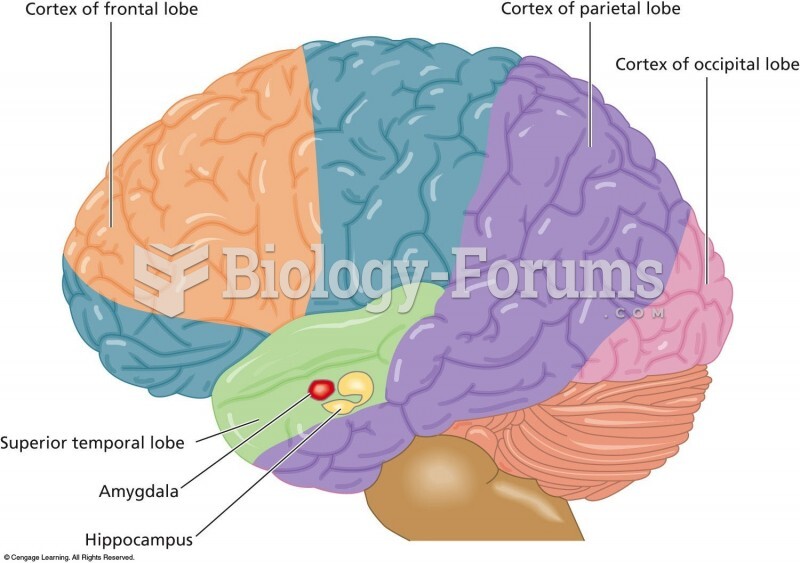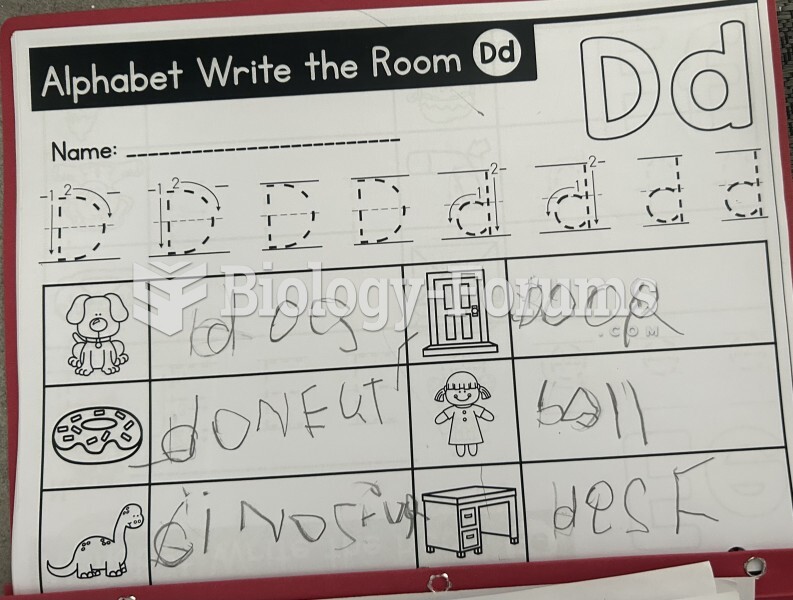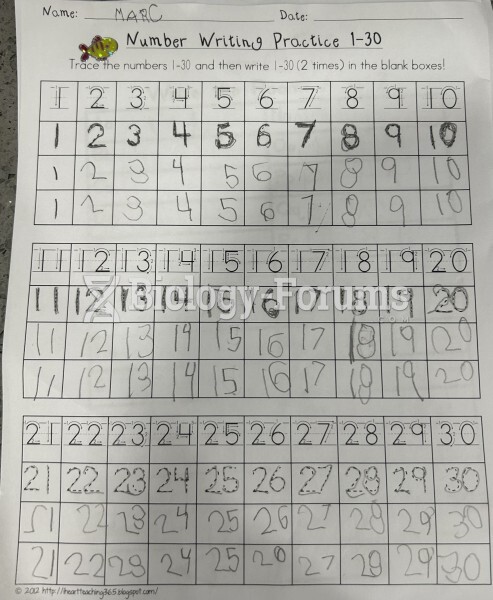Answer to Question 1
- The most immediately noticeable aspect of Lovecrafts writing in this story is the attempt to create a tone of eeriness and dread, in a style that involves a strong dependence on adjectives, especially those intended to create mood and atmosphere; these word choices also seem intended to cue the readers responses. Stylistically, this is at the furthest possible remove from the stripped-down directness of Ernest Hemingways celebrated style. Edmund Wilson, who was a great admirer of Hemingways early stories, is especially caustic on this element of Lovecrafts work:
The only real horror in most of these fictions is the horror of bad taste and bad art. Lovecraft was not a good writer. The fact that his verbose and undistinguished style has been compared to Poes is only one of the many sad signs that almost nobody any more pays any real attention to writing. I have never yet found in Lovecraft a single sentence that Poe could have written, though there are somenot at all the same thingthat have evidently been influenced by Poe. One of Lovecrafts worst faults is his incessant effort to work up the expectations of the reader by sprinkling his stories with such adjectives as horrible, terrible, frightful, awesome, eerie, weird, forbidden, unhallowed, unholy, blasphemous, hellish and infernal. Surely one of the primary rules for writing an effective tale of horror is never to use any of these wordsespecially if you are going, at the end, to produce an invisible whistling octopus. (Tales of the Marvellous and the Ridiculous, reprinted in Edmund Wilson,
Classics and Commercials, New York: Farrar, Straus and Company, 1950, p. 288)
Wilsons comments may well be worth sharing with your class: in addition to demonstrating that laments over the decline of taste and standards are a staple of every period, they raise valuable points for discussion about Lovecrafts style in particular and about effective rhetorical strategies in general. (Interestingly, Lovecraft himself later described The Outsider as almost comic in the bombastic pomposity of its language.)
Answer to Question 2
- Mrs. Turpin is a self-satisfied, self-righteous woman, who sees herself as a model Christian. Her reaction to the girls message includes her assessment, The message had been given to Ruby Turpin, a respectable, hard-working, church-going woman (par. 129). Later she rails at God, Why me? . . . Its no trash around here, black or white, that I havent given to. And break my back to the bone every day working. And do for the church. (par. 181).
The reader is also quickly aware of how important social hierarchy is to Mrs. Turpin, and that she derives great satisfaction in quickly judging people and establishing her assumed superiority to most of them. OConnor tells us sometimes Mrs. Turpin occupied herself at night naming the classes of people (par. 24) and wondering who she would have chosen to be if she couldnt have been herself, and wrestling with the question of whether or not she would choose to be white trash or a nigger (par. 24).







